New Products - Miracle Grow Organics and Scotts Soil Improver
lkayetwvz5
5 years ago
Featured Answer
Sort by:Oldest
Comments (12)
Vaporvac Z6-OhioRiverValley
5 years agolast modified: 5 years agolkayetwvz5 thanked Vaporvac Z6-OhioRiverValleyRelated Discussions
Miracle Grow gone organic
Comments (66)I just started going organic this year in my garden. If I had not been listening to an organic gardening radio show and just looking on this forum this discussion would have made me think that most of the people doing organics were a bunch of crazy anti business radicals. This discussion has had alot of people trashing a company because it is a chemical fert company. Most of the people who are trashing the product did not even read the lable to see what was in it. If this product had chemical fert in it and some one tested it they would have a major case against MG/Scotts. You may not agree with the company and you should support local organic providers over the large companies that are coming in to "jump on the band wagon" but in some areas these product are what the person just starting out can find easily. Some new gardeners would decide that it was not worth it if this product was not avalible. You can not like a company but you can't trash them for not being organic and then trash them because they are starting to move in the direction you want them to just because they are not moving all they way at one time. The best way to get a company to move to the organic side would be to do some testibg and see if the product is organic and if it works and then support the product. If MG/Scotts starts make a lot of money on organic products then they will start making more of them and less of the chemicals that we don't like. The only way to get the companies to change is through sales. Think about how your rants will be seen by people thinking about do what you agree with and try not to scare them off because you come off as totally insane....See MoreMiracle Grow Garden Soil - Question
Comments (38)I just recently planted a tomatoe plant in a huge plastic pot.I grow all my tomatoe plants in pots,as I can have them inside a small fenced in area to keep the deer from eating them up, and I filled the pot with the MG garden soil.it says to not plant in pots using only this mix, but,I did it anyway,and I will continue to do it,as this one tomatoe plant has tripled in size, compared to my other pots with MG potting mix.It grew huge just in 3 days and full of flowers already.and there was no chunks of wood in mine either.really nice soil mix. jean...See MoreMiracle Grow mc potting soil.-superior.
Comments (30)To all of you, and especially tkozloski. Boy am I sick of political agendas. Somebody has decided Miracle Grow and Bonnie plants are the enemy, and so begins the creative discussion about how bad they are. Here's my two cents: tkozloski nailed it when he said the plants grow great in MG and Consumer Reports nail that, but they don't seem to taste as good. That's the point. You want quality or quantity? I do everything I can to recreate what I tasted as a kid growing a garden. Chemicals can help for sure, but when they make the fruit get so gigantic, whats happening is the sugar content and other things that create flavor suffer. I sometimes buy organic, not because of the health claims, which I think are 80% plus B.S., but because if the organic choice is a smaller, less perfect, uglier fruit or veggie, it just may taste a lot sweeter and rich. Bigger and more usually are not better, especially in this age of bloated momentum omentums. Cheers to all. I really enjoyed reading all of your comments....See MoreGrowing blueberry plants organically in containers
Comments (31)Otto, Talking about blueberries, I became really addicted with blueberries and collected over 30 different cultivars (both Southern High bush and Rabbit eye inclusive) with single and multiple plants in the past two years totalling 46 plants (all of them in containers) so far. My target is maximum of 50 plants and I am nearly saturated with blueberry plants, lol. Spinosad (derived from the fermentation juices of a lowly soil bacterium called Saccharopolyspora spinosa) is a relatively new insect killer that quickly and safely controls a variety of caterpillars, beetles and thrips pests. To chemists, spinosad is a complex molecule known as a "glycosylated macrolactone;" but to gardeners with a hankering for safer products, it may be a godsend. Bacillus thuringiensis, known for years to savvy gardeners as "Bt", has been a standard weapon for the war against caterpillars. As an insecticide, Bt is a safe, selective product for caterpillars. However, Bt lacks staying power. Instead of Bt's one or two days' residual, spinosad keeps killing for up to four weeks. In addition, spinosad kills thrips, which Bt doesn't faze. If you grow citrus and have leaf miners problem, spinosad takes care of that as well. If you have fire ants problem, spinosad takes care of them as well. The only downside is spinosad also kills honey bees, the pollinator for plants. It is recommended to spray spinosad either very early in the morning or late at night....See Morelkayetwvz5
5 years agoUser
5 years agoVaporvac Z6-OhioRiverValley
5 years agoK S 7b Little Rock (formerly of Seattle)
5 years agobarbarag_happy
5 years agoUser
5 years agoPerma n’ Posies/9A FL
5 years agomad_gallica (z5 Eastern NY)
5 years agoK S 7b Little Rock (formerly of Seattle)
5 years agoPerma n’ Posies/9A FL
5 years agoPerma n’ Posies/9A FL
5 years agoUser
5 years ago
Related Stories
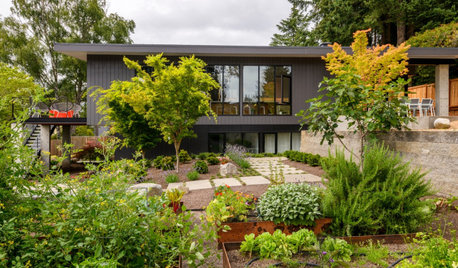
GARDENING GUIDES10 Ways to Make Your Garden More Productive
Maximize your garden’s growth and output by building healthy soil, expanding growing space and collecting rainwater
Full Story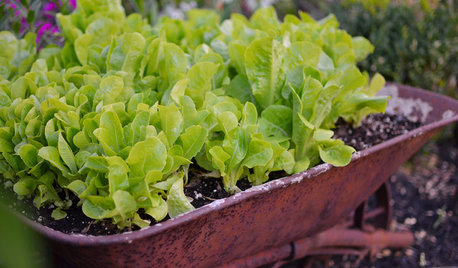
FARM YOUR YARD10 Easy Edibles to Grow in Containers
These herbs, vegetables and fruits are just as happy in a pot as they are in the ground
Full Story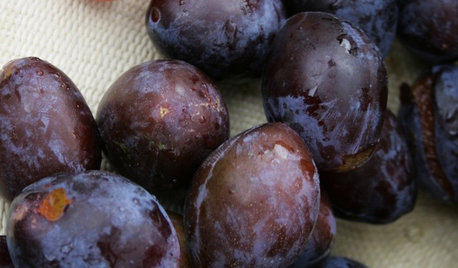
FRUIT TREESHow to Grow Your Own Juicy Plums
Easier than other stone fruits and with a variety of colors to choose from, plums are a versatile garden addition
Full Story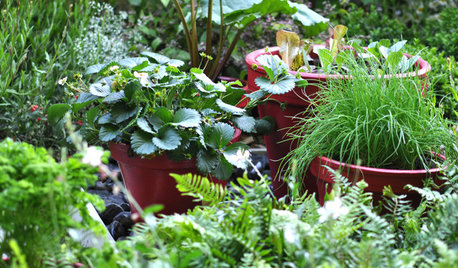
FARM YOUR YARDHow to Grow Vegetables in Containers
Get glorious vegetables and fruits on your patio with a pro’s guidance — including his personal recipe for potting mix
Full Story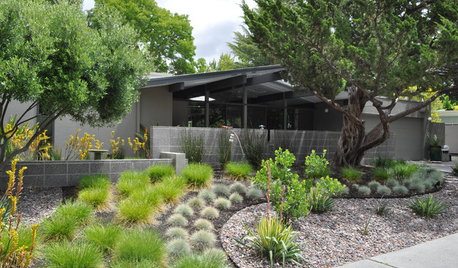
GARDENING GUIDESHow to Pick a Mulch — and Why Your Soil Wants It
There's more to topdressing than shredded wood. Learn about mulch types, costs and design considerations here
Full Story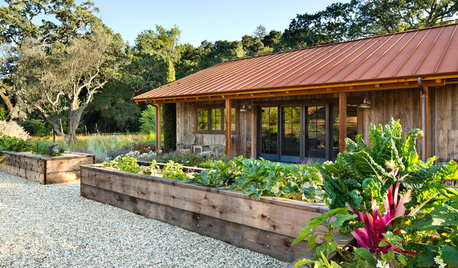
EDIBLE GARDENSHow to Grow Your Own Sweet Summer Crops
This guide will help any gardener get started on growing the freshest warm-season veggies and berries for summer
Full Story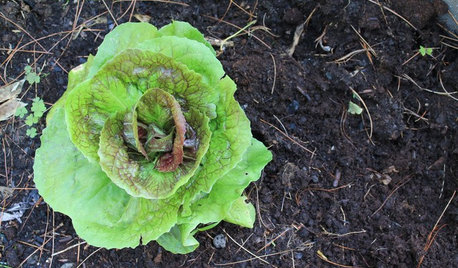
FARM YOUR YARDHow to Get Good Soil for Your Edible Garden
The nutrients in your soil feed the plants that feed you. Here are tips on getting it right — just in time for planting season
Full Story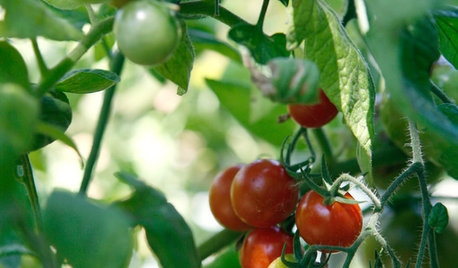
EDIBLE GARDENSSummer Crops: How to Grow Tomatoes
Plant tomato seedlings in spring for one of the best tastes of summer, fresh from your backyard
Full Story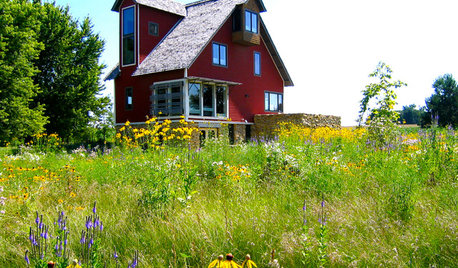
GARDENING GUIDESGardening Solutions for Heavy Clay Soils
What’s a gardener to do with soil that’s easily compacted and has poor drainage? Find out here
Full Story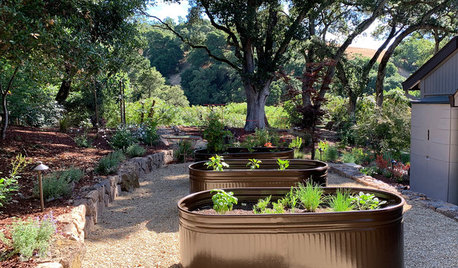
FARM YOUR YARD6 Things to Know Before You Start Growing Your Own Food
It takes time and practice, but growing edibles in the suburbs or city is possible with smart prep and patience
Full Story




K S 7b Little Rock (formerly of Seattle)